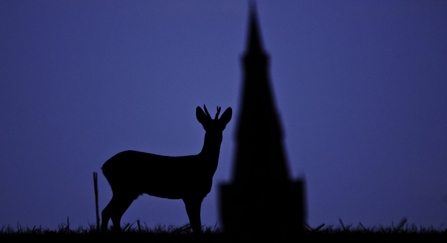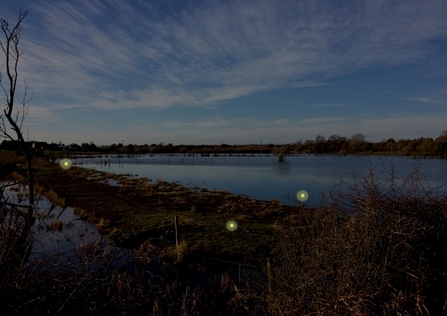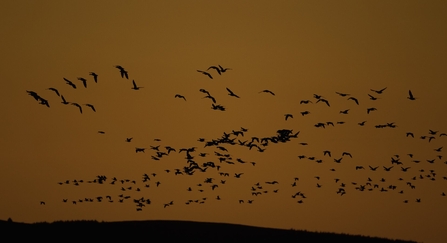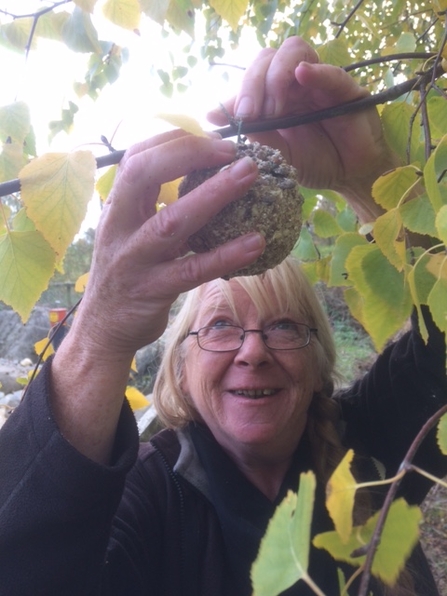The Banshee (from the Irish Bean Sidhe, Scots Gaelic Ban Sith, “woman of the fairies”) is a supernatural being in Celtic folklore whose mournful “keening,” or wailing screaming or lamentation at night was believed to foretell the death of a member of the family of the person who heard the spirit.
There are several wild creatures whose night-time calls can make the hair on your neck stand up though, without resorting to fairies.





